Top 10 Climate Action Campaigns
Climate action campaigns bring together various stakeholders to create widespread awareness, promote behavioural shifts, influence policies and practices, and mobilise change. We shine a light on 10 of the most impactful initiatives we’ve come across to date.

While warmer temperatures, rising seas, and shifting ecosystems are all familiar climate changes in the Earth’s natural glaciation cycle, today’s warming has a different cause and is happening at a much faster rate. As we continue burning fossil fuels and adding greenhouse gases (GHGs) to the atmosphere, we are experiencing more intense heatwaves and more heavy rainfall events, which cause suffering and devastation across the world.
My Climate Future, an interactive online tool that analyses inter-generational exposure to climate extremes globally, shows how many more wildfires, river floods, crop failures, tropical cyclones, droughts, and heatwaves you can expect to experience during your lifetime in the region where you live, should we fail to reduce emissions and achieve Net Zero. The figures are frightening, and give an indication of just how hard our younger and future generations may be hit.
As Robert Swan once said:
Fortunately, there are millions of amazing people around the world who are stepping up to the plate and doing what they can within their sphere of influence to advance environmental causes and sustainability goals.
Climate action campaigns moving the needle
Climate action campaigns are organised efforts aimed at raising awareness of and addressing both mitigation and adaptation strategies to combat the impacts of climate change on a micro (individual), mezzo (community), and macro (societal) level. They bring together various stakeholders to create widespread awareness, promote behavioural shifts, influence policies and practices, and mobilise change.
In order for a climate action campaign to be successful, it needs to go beyond mere rhetoric. Below, we highlight 10 of the best initiatives we’ve come across to date. We hope you’ll find these efforts as inspiring as we do, and encourage you to get involved wherever you can, whether that’s through self-directed learning, donating, volunteering, voting, signing petitions, or participating in protests. Every effort counts.
1. Show Your Stripes

Every year on the 21st June, to coincide with the Summer Solstice in the Northern Hemisphere, climate advocates and activists across the globe join the call to share a powerful message about our changing climate on Show Your Stripes Day.
The concept behind the ‘warming stripes’ graphics, around which the awareness campaign is centred, is the brainchild of UK climate scientist Professor Ed Hawkins. He swapped out numerical data points for colours that we intuitively understand – shades of red for warm, and shades of blue for cool – showing global temperature change from 1850 onwards. Each stripe represents one year, with red stripes representing an increase and blue stripes representing a decrease when measured against the average annual temperature, in a specific location, over the period 1961–2010.
If you visit the ShowYourStripes website, you’ll find a huge set of interactive graphics based on the change in annual temperatures across regions, countries, and cities over the past 100+ years. In virtually every graphic, you’ll notice the blue lines fading away, then red and deep burgundy lines beginning to appear, illustrating the true universality of global warming, and the stark reality that no-one is immune to the threat of climate extremes down the road.
Hawkins wants people to use the graphics to help start a conversation about climate change with friends, family, or colleagues, and talk about the risks we face, the choices we can make, and the solutions we can adopt.
2. Fridays for Future
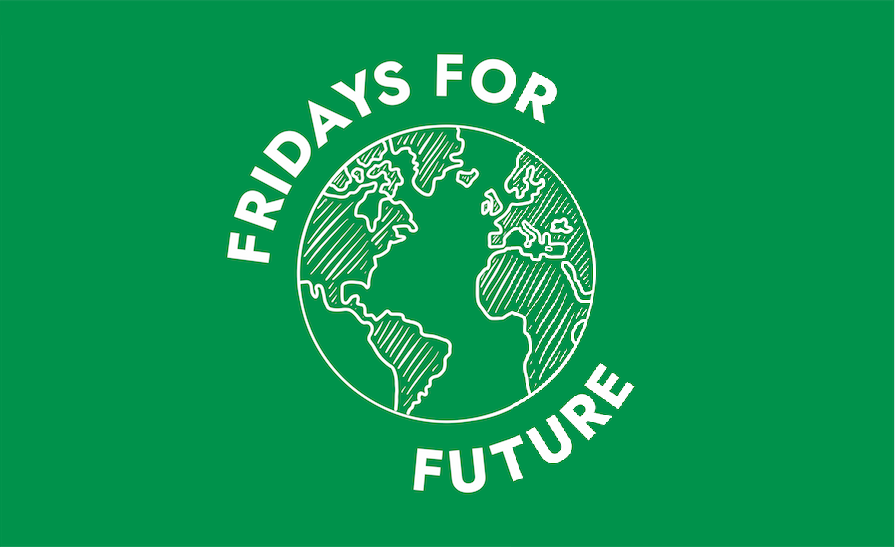
The 'Fridays for Future' movement, which began with Greta Thunberg's solo protest in August 2018, has evolved into a formidable global force. At just 15, she sat outside the Swedish Parliament with a sign reading ‘Skolstrejk för Klimatet’ (‘School Strike for Climate’). Her commitment, combined with her impactful social media presence, sparked a worldwide student strike movement.
Also known as ‘Youth for Climate’, this initiative calls on political leaders to act on scientific evidence and uphold international climate agreements. By March 2019, it had mobilised over a million participants in 2,200 events across 125 countries, demonstrating its vast reach and influence.
‘Fridays for Future’ transcends being merely a protest; it represents a crucial global call to action fuelled by the youth, exemplifying the power of the internet to unite and mobilise young people worldwide. Backed by a broad coalition of parents, scientists, and activists, this movement advocates for transitioning from fossil fuels to renewable energy, showcasing the transformative impact of youth-led activism in shaping a sustainable future.
3. Earth Hour

‘Earth Hour’, initiated by the World Wide Fund for Nature (WWF) in partnership with The Sydney Morning Herald, launched in Sydney, Australia in 2007. The event began as a grassroots effort to raise awareness about climate change and energy conservation by having participants turn off their lights for one hour.
During its first year, the initiative led to a notable 10.2% reduction in Sydney's energy use, with around 2.2 million people taking part. Its success quickly garnered global attention, and by the following year, famous landmarks like Rome's Colosseum and Venice's city hall had joined the movement.
The primary goal of ‘Earth Hour’ is to highlight the importance of climate action through this symbolic act. Participants turning off their lights from 8:30 p.m. to 9:30 p.m. local time contribute to reducing carbon emissions and light pollution whilst advocating for more sustainable energy practices. 'Earth Hour' usually takes place in March each year. But remember, you can make an even bigger impact by switching off your lights for a single hour over the other 364 nights of the year.
4. We Are Still In
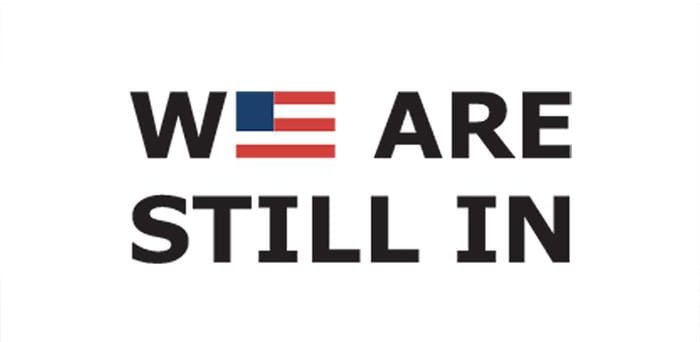
Following the United States’ withdrawal from the global Paris Agreement in 2017, a coalition called ‘We Are Still In’ emerged, uniting over 3,900 leaders from various sectors across America, including CEOs, mayors, governors, tribal chiefs, college presidents, faith leaders, and healthcare executives. It shows that, despite federal decisions, environmental leadership and a unified commitment to climate action remains strong.
The coalition organises US participation in annual UN Climate Negotiations and promotes collaboration at key events like the Global Climate Action Summit. Its platform, ‘We Are Taking Action’, helps institutions set and meet concrete climate goals. By partnering with organisations ranging from McDonald’s to New Belgium Brewing, the coalition supports local climate initiatives and fosters essential cross-sector relationships.
Administered by the WWF, Climate Nexus, and Ceres, ‘We Are Still In’ exemplifies effective co-ordination in advancing climate action and sustaining US efforts. This coalition highlights how collaborative campaigns can drive meaningful environmental progress and unite diverse actors in achieving climate goals.
5. RE100
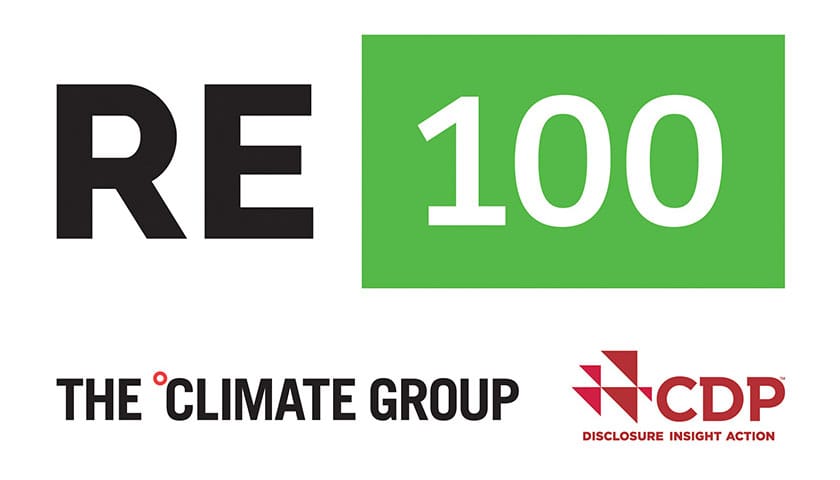
Recognising the potential of the business community to make a significant contribution towards accelerating the transition to zero-carbon grids at scale, ‘RE100’ was launched at the ‘Climate Week NYC’ charity event in 2014.
A global initiative, led by non-profit Climate Group in partnership with CDP (formerly the Carbon Disclosure Project), RE100 has since brought together more than 400 of the world’s most influential companies, each of which has made a public commitment to powering their operations with 100% renewable electricity by 2050, and disclosing their environmental data through CPD. The initiative offers members valuable resources, including peer learning, policy support, and market insights.
Combined, these 400+ member companies currently consume more electricity annually than the whole of France. In order to achieve renewable electricity interim targets of 60% by 2030 and 90% by 2040, their demand for increased renewable electricity sources continues to intensify. RE100 helps the collective body present a unified front, to send a powerful signal to governments about corporate demand for renewable electricity, and government’s duty to support businesses in achieving their targets.
6. Champions of the Earth

The UN Environment Programme’s ‘Champions of the Earth’ awards shine a spotlight on individuals and organisations pivotal in reshaping economies, advancing political reforms, and driving sustainable innovations to foster a healthier planet. An important aspect of this UNEP campaign is the Young Champions of the Earth initiative which empowers emerging environmental leaders. Annually, young innovators from six global regions are awarded mentorship, capacity-building workshops, and $20,000 in seed funding. This initiative provides a vital platform for fresh, impactful ideas to thrive and gain global recognition.
Among the 2020 winners, Lefteris Arapakis and Nzambi Matee are tackling the issue of plastic waste from distinct approaches shaped by their local challenges.
Arapakis, co-founder of Enaleia in Greece, focusses on restoring Mediterranean fish stocks by mobilising fishermen to remove plastic waste into the circular economy, removing over 1.5 tonnes of plastic and 10 tonnes of discarded fishing gear annually. This helps fishermen contribute to the recovery of fish stocks and marine ecosystems whilst generating income from the plastic they collect and bring ashore. He also established Greece’s first fishing school and has been named UNEP-MAP’s Ambassador for the Mediterranean Coast.
Matee, from Kenya, tackles plastic pollution and housing shortages through Gjenge Makers Ltd. Her company converts recycled plastic and sand into affordable, eco-friendly pavers. By partnering with manufacturers and waste collectors, Matee’s innovation addresses pressing environmental and housing issues with a sustainable solution.
7. C40 Cities
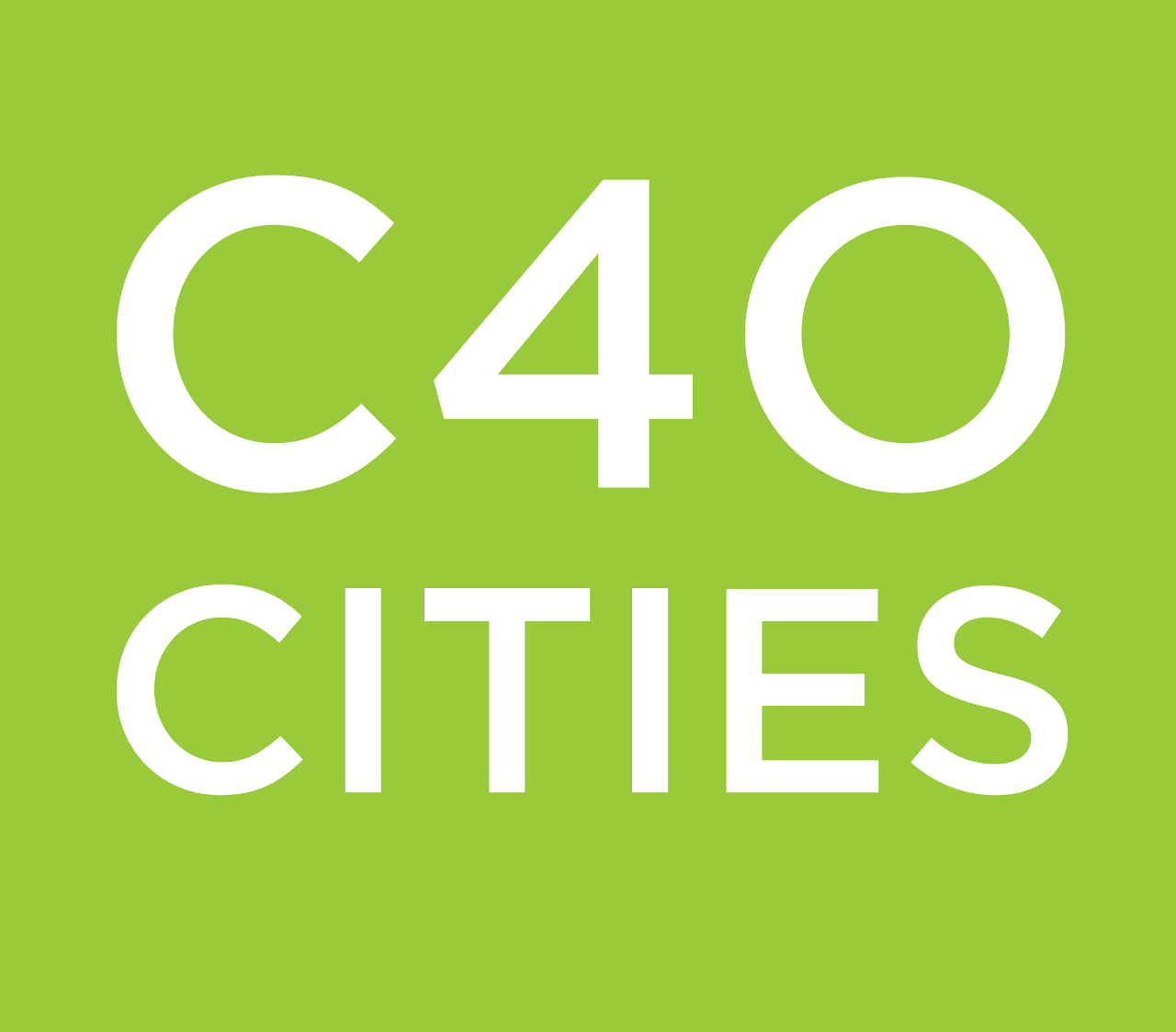
C40 is a global network of almost 100 city mayors dedicated to tackling the climate crisis. By employing science-based and collaborative methods, C40 cities aim to cut emissions by 50% by 2030, and limit global warming to 1.5°C. Their efforts are geared towards creating healthy, equitable communities.
The network drives climate action through strategic initiatives such as 1.5°C climate action plans and innovative high-impact accelerators. These efforts are supported by regional programmes and international advocacy, ensuring a broad and effective approach to scaling up climate solutions. C40’s membership is performance-based. Cities are required to meet strict standards that involve adopting and regularly updating climate action plans aligned with the Paris Agreement, using financial and regulatory tools to support equitable climate goals, and demonstrating global climate leadership.
Since its founding in 2005, C40 has championed climate action and environmental justice on both local and international stages. Initiatives like ‘Women4Climate’ and the ‘Global Green New Deal’ underscore C40's commitment to diverse leadership and ambitious climate goals, aiding cities in transitioning to zero-carbon futures and advocating for sustainable investment.
8. Plant a Billion Trees
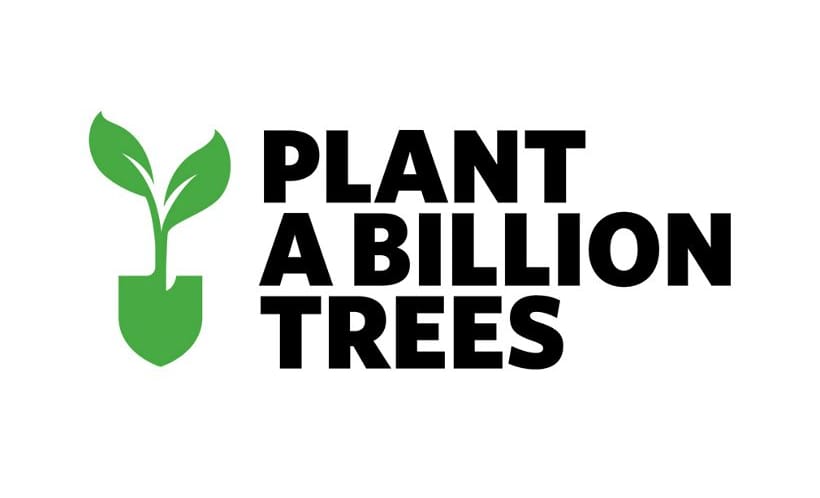
The Nature Conservancy's ‘Plant a Billion Trees’ campaign is a leading reforestation initiative designed to combat climate change and biodiversity loss through global forest restoration. Launched in 2008, the campaign began with a focus on Brazil's Atlantic Forest and has since expanded to include projects worldwide. By planting trees in degraded areas, the campaign aims to reduce carbon emissions, bolster biodiversity, and ensure access to clean air and water.
Forests are vital to life on Earth. They filter water, purify air, and provide habitats for countless species. Restoring forests mitigates climate change and preserves biodiversity, contributing to a healthier and more resilient planet. The ambitious goal of planting a billion trees is achievable through global collaboration and support.
The Nature Conservancy's network of over 400 scientists ensures that reforestation efforts are both scientifically robust and effective. Donations fund not only tree planting but also ongoing maintenance, research, and stewardship to ensure the long-term health of restored forests. By partnering with various organisations, The Nature Conservancy maximises its expertise and resources to drive meaningful reforestation results.
9. Save the Arctic
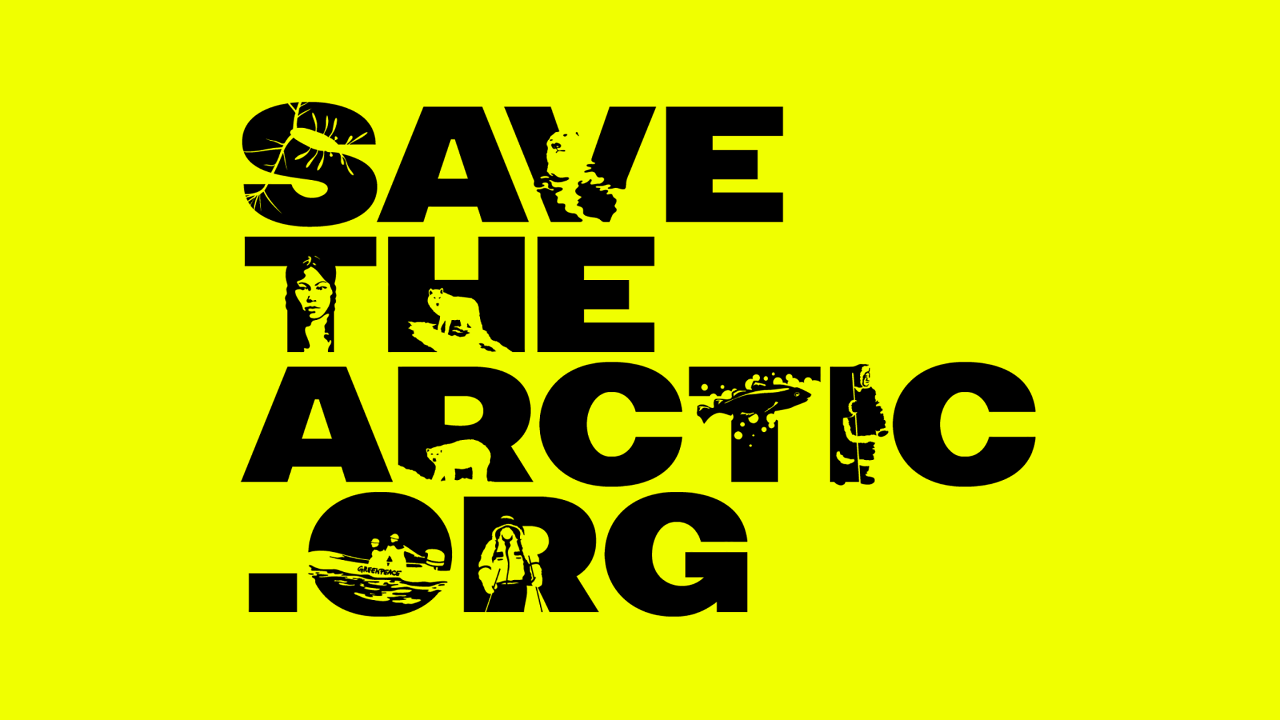
Greenpeace’s ‘Save the Arctic’ campaign is a pivotal effort dedicated to protecting the Arctic's fragile environment from the encroachment of oil drilling and industrial activities. Since its launch in 2012, this global initiative has been working to establish a vast sanctuary around the North Pole to halt further ecological damage.
The campaign underscores the urgent issue of melting polar ice, which is not only accelerating climate change but also endangering wildlife and indigenous communities – all of which are masterfully integrated in the unique ‘Save the Arctic’ font created by Jamie Wieck. Incorporating no less than 300 illustrations, symbols, letters, and diacritics, the font forms part of an open-source campaign identity and communications strategy, designed to unify hundreds of Greenpeace protests across the globe with visual assets that articulate a cohesive environmental ambition. It provides activists with an on-demand tool to generate all kinds of campaign materials – everything from banners to T-shirts – on the fly.
Greenpeace effectively connects everyday actions – like the energy used to open a fridge – with their broader impact on the Arctic, aiming to instil a personal sense of urgency and responsibility. By mobilising millions globally and garnering substantial support, the ‘Save the Arctic’ campaign advocates for a strong Global Ocean Treaty to create protected zones in the Arctic Ocean. Utilising a dynamic mix of grassroots activism, high-profile endorsements, and strategic protests, Greenpeace drives the push for crucial change. Their efforts emphasise the need for immediate action to preserve the Arctic’s unique ecosystems, ensuring that this vital region remains intact for future generations and contributes to global climate stability.
10. TED Countdown

‘TED Countdown’ is a groundbreaking initiative launched by TED in 2020 to drive urgent climate action through a blend of innovation, storytelling, and collaboration. The campaign is dedicated to mobilising a broad spectrum of voices, including thought leaders, scientists, activists, and entrepreneurs, to tackle the climate crisis head-on. The mission of ‘TED Countdown’ is to accelerate the adoption of climate solutions and catalyse change on a global scale.
The initiative engages audiences through a series of compelling talks, interactive events, and digital content that highlight pioneering solutions and practical strategies for mitigating climate change. By showcasing cutting-edge research and inspiring action, ‘TED Countdown’ aims to generate momentum towards achieving critical climate targets.
Central to ‘TED Countdown’ is the concept of ‘counting down’ to 2030, a pivotal year for global climate commitments. The campaign emphasises actionable steps and fosters a sense of urgency, encouraging individuals, organisations, and governments to take meaningful action. Through its dynamic platform, ‘TED Countdown’ seeks to turn ideas into impact, making it an essential resource for those committed to creating a sustainable and resilient future.
Author: Catherine Grehan, Sustainability Success Lead, EnergyElephant